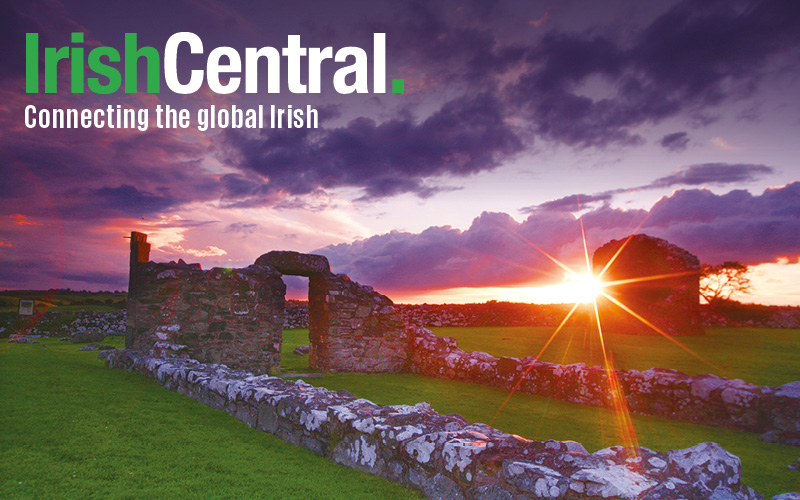In spring, a young man’s fancy turns to love, though many Irish of all ages would argue it turns to sports, especially Gaelic football and hurling, two ancient games with massive followings not just through Ireland but anywhere in the world the Irish settled.
One of those places is America and in Gaelic Park in New York last Sunday, where some 4,000 gathered to see the games of the Gael, part of the GAA kick-off season all around the globe for the All-Ireland Championship. Thirty-four county teams, including London and New York, will duke it out until only one is left standing.
In New York, the gallant locals put up a spirited fight before falling to the more experienced team from Sligo. Because of a lack of immigration, a good number of players on the New York team are American-born, and on Sunday in the Bronx, they made their home country proud.
Indeed at one point it looked like New York could pull off the biggest surprise in many a long year by defeating Sligo, but it was fitness, number of games played by the opposition, and some bad luck that caught them out in the end.
With no serious games since the pandemic hit and Sligo a fitter team, the final result was inevitable but very close, just a four-point win for the Yeats County men.
Across Ireland on Easter Sunday, the crowds welcoming the new GAA season were huge. There were 40,000 in Waterford and Cork to witness two great hurling clashes in Munster, while thousands of others showed up at various venues around Ireland for the first non-Covid season in three years.
Gaelic football and hurling are unique and played by both sexes in separate competitions, with the top teams clashing in the All-Ireland finals in men’s and women’s football and hurling (or camogie as women’s hurling is called.)
Of the two games, Gaelic football is the Johnny come lately, dating to 1308 when the first game was recorded. Back then it was called “caid” and consisted of trying to kick the ball into a neighboring village and claim victory.
The first recorded mention of Gaelic football in Ireland was in 1308, when John McCrocan, a spectator at a football game at Newcastle, Co Dublin, was charged with accidentally stabbing a player named William Bernard.
Football games are mentioned in the Statute of Galway, 1527, which approved the playing of football and archery, but banned “hokie,” the hurling of a little ball with sticks, as well as other sports.
Hurling is one of the oldest field games in the world and is popular for at least 3,000 years in Ireland with the first literary reference dating back to 1272 BC. The Irish mythical hero Cuchulainn played hurling according to the annals, as did his legion, the Red Branch Knights. Similar tales are told about Fionn Mac Cumhail and the Fianna, his legendary warrior band.
Coming back to the modern-day, after years of Covid uncertainty in both New York and Ireland, the pandemic had placed the very future of the games in jeopardy, especially away from Ireland as so many young Irish returned home, but we need not have worried about the resilience of the GAA given the massive attendance figures and unbridled enthusiasm shown. It will take more than a pandemic to stop one of Ireland's truly great contributions to world sport.
That was certainly proved on Easter Sunday 2022.
*This column first appeared in the April 20 edition of the weekly Irish Voice newspaper, sister publication to IrishCentral.
Read more
Love GAA? Share your local GAA and keep in touch with the community around the world on our Global Irish GAA group.




Comments